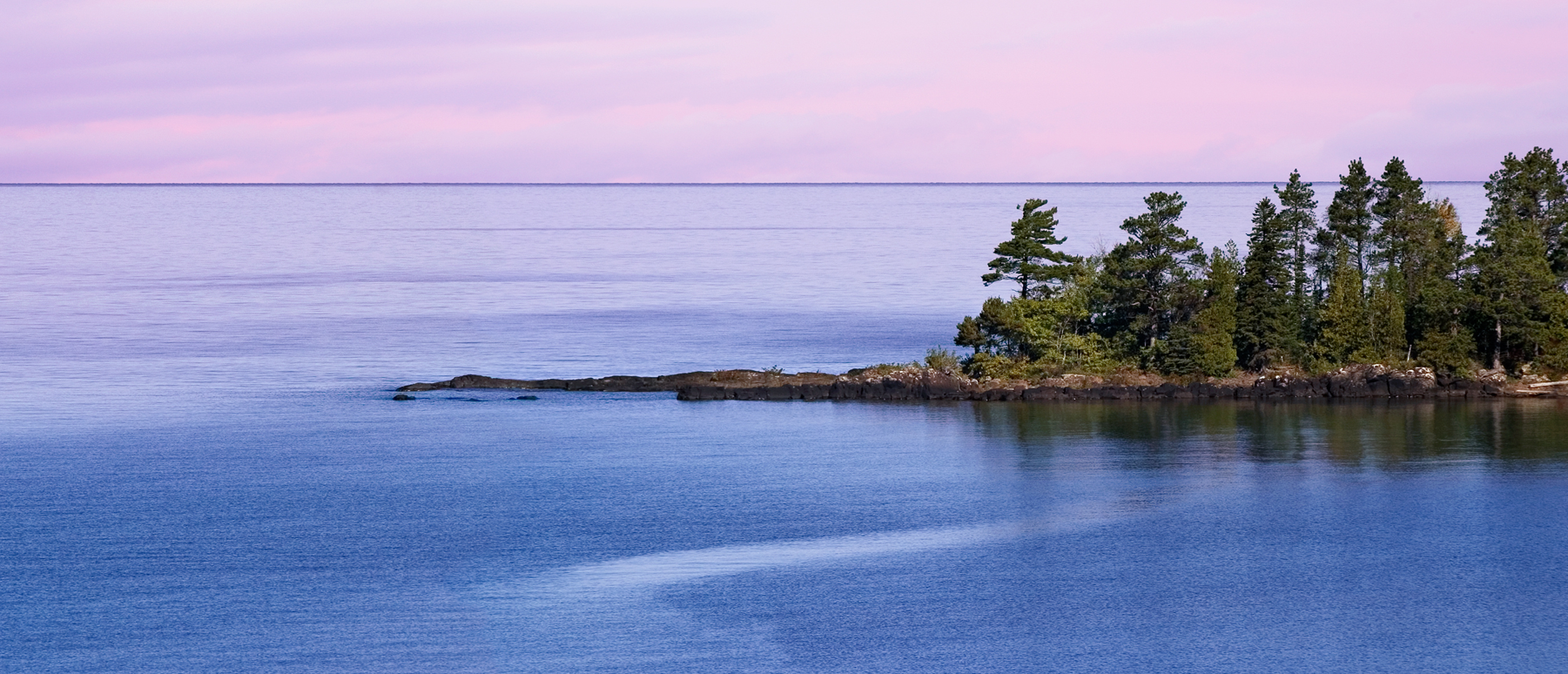Project Timeline:
Locations Impacted:

A project of the Council of Michigan Foundations


Council of Michigan Foundations with consultants Sheila Leahy and David Hahn-Baker
Through the Great Lakes Community Foundation Collaborative (GLCFC), a group of shoreline Great Lakes community foundations established environmental funds to help protect the Great Lakes, the largest ecosystem of fresh surface water in the world.
The GLCFC was funded in two phases. Phase I was launched with more than $600,000 in funding from the Charles Stewart Mott Foundation and the Great Lakes Protection Fund. Phase I goals were to increase environmental literacy for Great Lakes shoreline community foundations, strengthen community foundation abilities to convene their communities on environmental issues, and increase local environmental grantmaking by either expanding existing permanent endowments or establishing new ones. Twenty-one community foundation projects were funded, and in 1998, the first phase was declared a success.
Phase II was launched in 1999 to build on the lessons learned and progress made during the first phase. The Charles Stewart Mott Foundation and the Great Lakes Protection Fund continued to support the project and were joined by the Joyce Foundation. Phase II goals included addressing watershed, brownfield or land use issues, establishing collaboratives with community foundations sharing the same watershed, and increasing interactions with local policymakers on environmental issues. Eighteen community foundations from Phase I continued their participation and were awarded a total of $525,000 for their projects.
In addition to providing its own lessons, the GLCFC project reinforced lessons from similar initiatives across the U.S. — particularly that community foundations play an important role in addressing local environmental issues. In fulfilling that role, foundations can build their own and affiliated agency endowments, increase credibility and visibility in their communities, address real issues, and leverage significant outside resources.